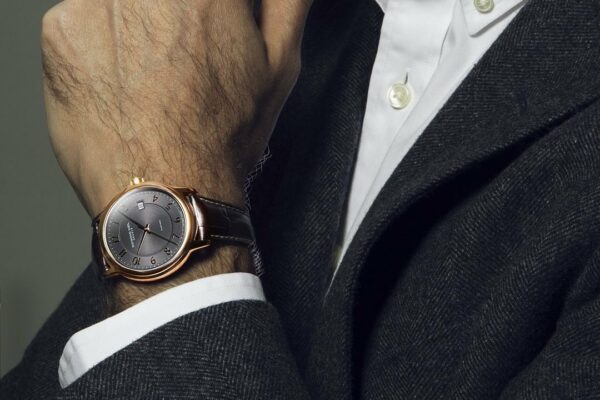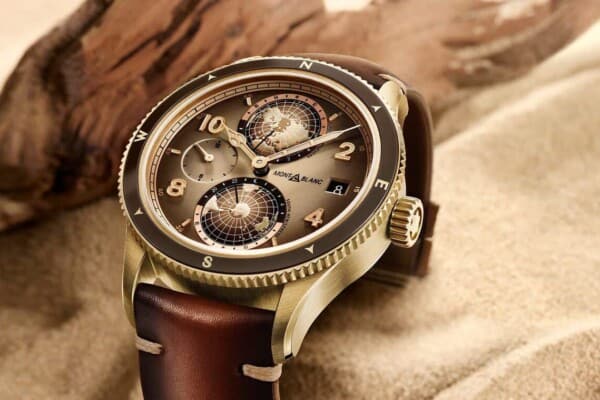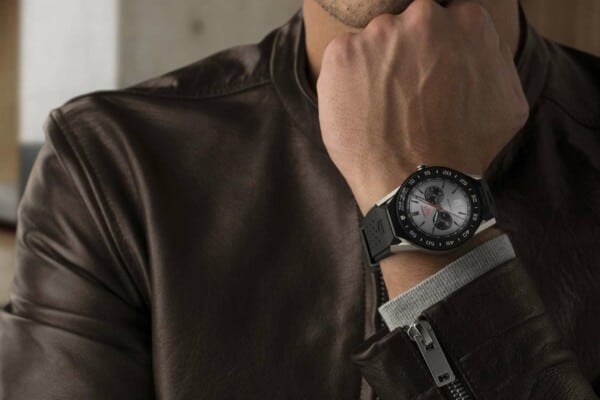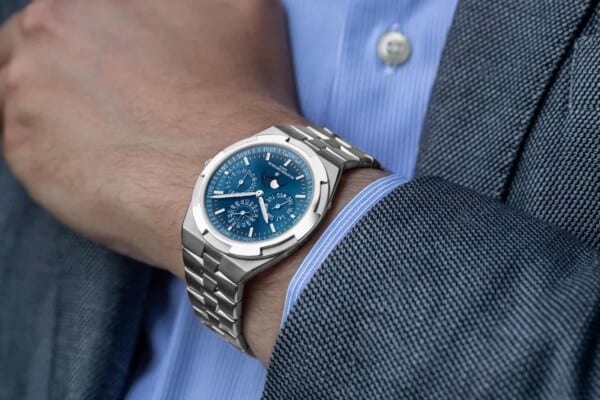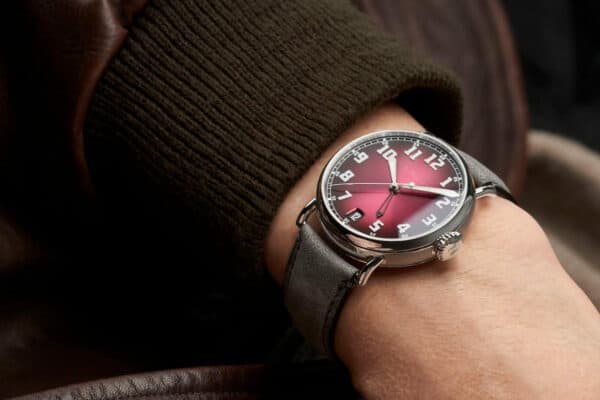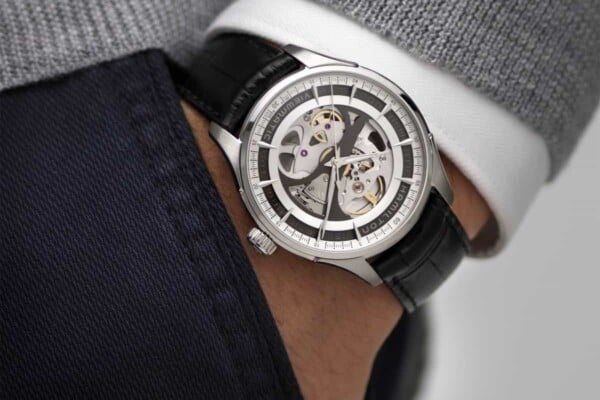Just as they did 10 years ago, in 2002, on the occasion of the Queen’s Golden Jubilee, Jaeger-LeCoultre are now presenting a timepiece from an already historic series, the Atmos series. The official timekeepers of the event have brought forth an edition of the fabled series of timepiece reportedly named the Jaeger-LeCoultre Atmos du Millenaire Diamond Jubilee Edition.
As a mark of tradition and history, the watch wears beautifully embellished the detail family lineage of Queen Elizabeth II, the decorated piece having been engraved with a famous seal named Dieu et Mon Droit.
Technically, the timepiece displays minutes, hours, months and, above all, moon phases. It works through manual winding, no electronics or batteries being involved in the process. To give you an example, minute fluctuations of temperature can power this superb timepiece by more than a day, let alone the manual winding itself.
What’s worth knowing is that the technology on which this timepiece is based on dates back to 1928, in the form of a small mechanism encased in a diminutive capsule, positioned in the back of the clock, the largest mechanism ever conceived by Jaeger-LeCoultre. The mechanism itself deals with transforming minute temperature variations into mechanical energy, thus powering the whole clock.
This simply motivates the power increase during changes in temperature. Furthermore, this high quality piece is due to last for a very long time, thanks to a balance that oscillates at low speeds and comes hanged of an elinvar wire.
An interesting feature of the gadget is that it uses the power in such an efficient way that it will never require any lubricants at all. If all these statements haven’t yet managed to amaze you, then note that 60 million Atmos mechanism put together would consume the same level of energy as a 15 watt electric bulb – even if it’s not the smallest clock we’ve seen, it runs on just a portion of the energy a regular wristwatch would need.
A rather back-dropping feature is the display time span, which goes all the way from year 2,000 to year 3,000. The months are being displayed above the hour indicators, while the coquette moon phase indicator comes placed at 6 o’clock. It would definitely make for a fine piece in the Queen’s and enthusiasts’ collection.




